What is the Levator Scapulae
Understanding the Levator Scapulae Muscle: Function and Importance
The human body is a complex network of muscles, each serving specific purposes and functions. One such muscle that plays a crucial role in shoulder movement and neck mobility is the levator scapulae. Lets delve into what exactly the levator scapulae is, its anatomy, function, and why it's essential to understand its role in maintaining optimal posture and mobility.
What is the Levator Scapulae?
The levator scapulae is a muscle located in the neck and shoulder region of the body. It originates from the nuchal line of the skull and extends down to the superior border of the scapula, hence its name, which translates to "elevator of the scapula" in Latin.
Function of the Levator Scapulae
As the name suggests, the primary function of the levator scapulae is to elevate the scapula, or shoulder blade. It works in conjunction with other muscles to facilitate movements such as shrugging the shoulders and tilting the head to the side. Additionally, the levator scapulae plays a crucial role in stabilizing the shoulder girdle during arm movements.
Understanding the role of the levator scapulae is essential, especially when it comes to addressing issues related to neck tightness and limited mobility. Individuals who sleep on their sides may often experience tightness in the neck, known as "torticollis," which can be attributed to the levator scapulae muscle being affected.
When the levator scapulae muscle becomes tight or overused, it can restrict movement in the neck, causing discomfort and stiffness. This can significantly impact daily activities and lead to further issues if left unaddressed.
Tips for Managing Levator Scapulae Tightness
If you frequently experience neck tightness or discomfort, especially after sleeping on your side, there are several strategies you can implement to help alleviate tension in the levator scapulae muscle:
- Stretching: Incorporate gentle stretches targeting the neck and shoulder muscles to relieve tension in the levator scapulae.
- Posture Awareness: Maintain good posture throughout the day, especially when sitting at a desk or using electronic devices, to prevent unnecessary strain on the neck and shoulders.
- Ergonomic Adjustments: Make ergonomic adjustments to your workspace and sleeping environment to ensure proper alignment of the spine and shoulders.
- Massage Therapy: Consider seeking massage therapy or manual manipulation techniques to release tension in the levator scapulae muscle.
Conclusion:
The levator scapulae is a vital muscle responsible for shoulder elevation and neck movement. Understanding its anatomy and function can help individuals better manage issues related to neck tightness and restricted mobility. By incorporating targeted stretches and adopting healthy posture habits, it's possible to alleviate tension in the levator scapulae and maintain optimal musculoskeletal health.
Contact Walsh Wellness Center if you would like a free consult about maintaining your mobility.
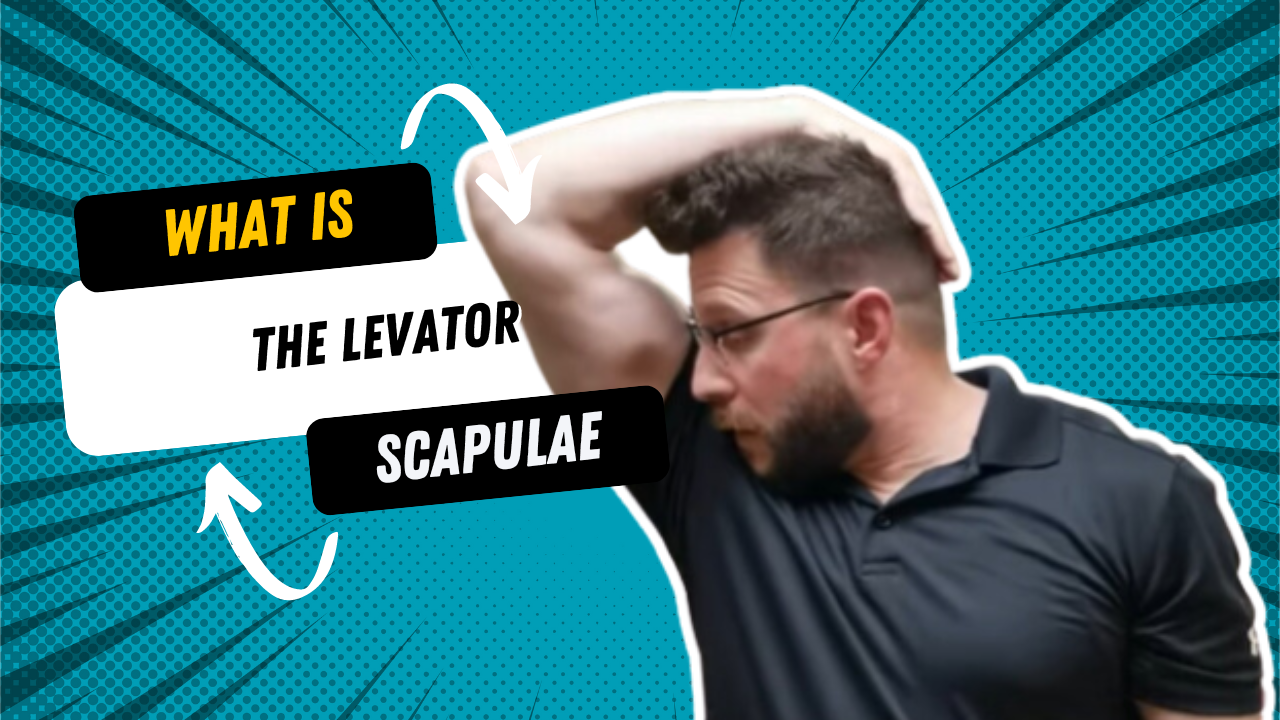
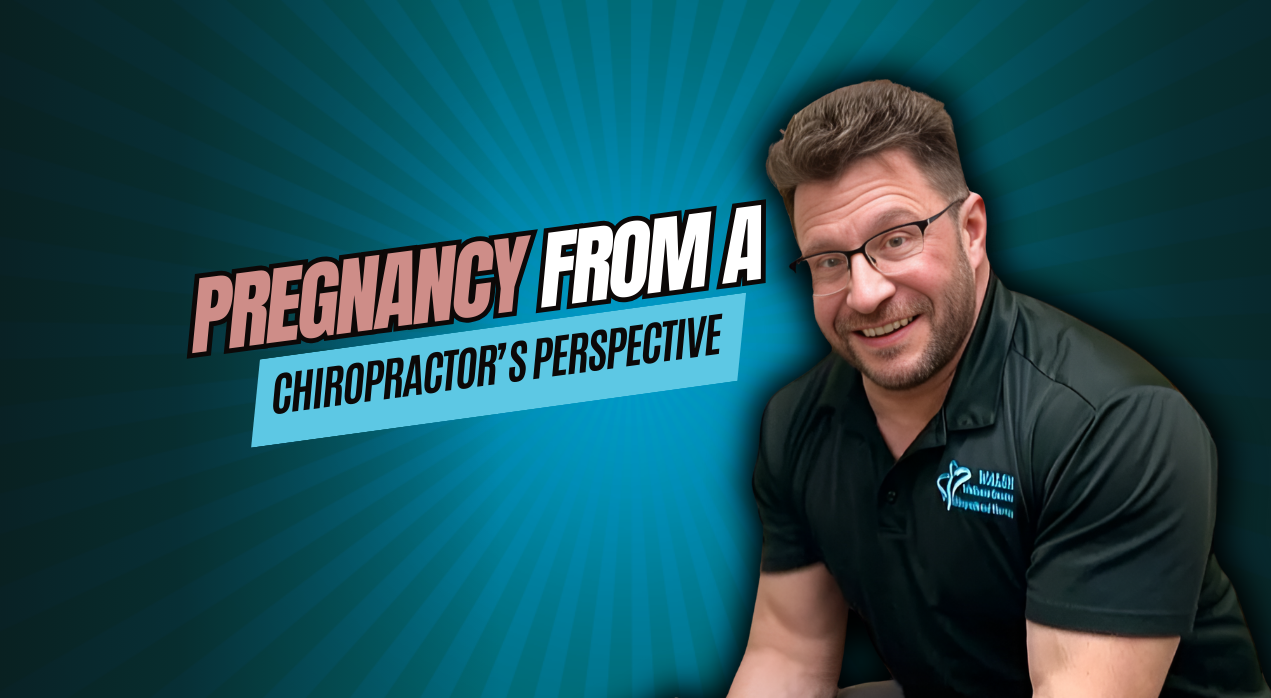
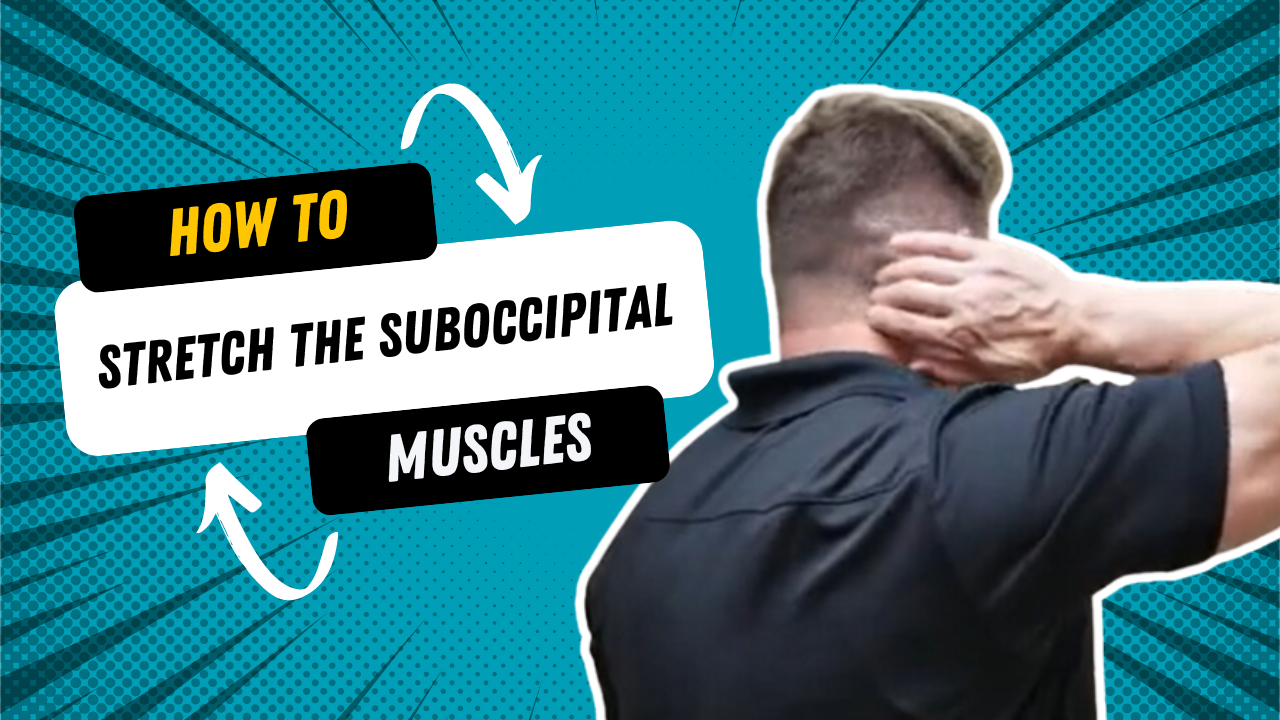
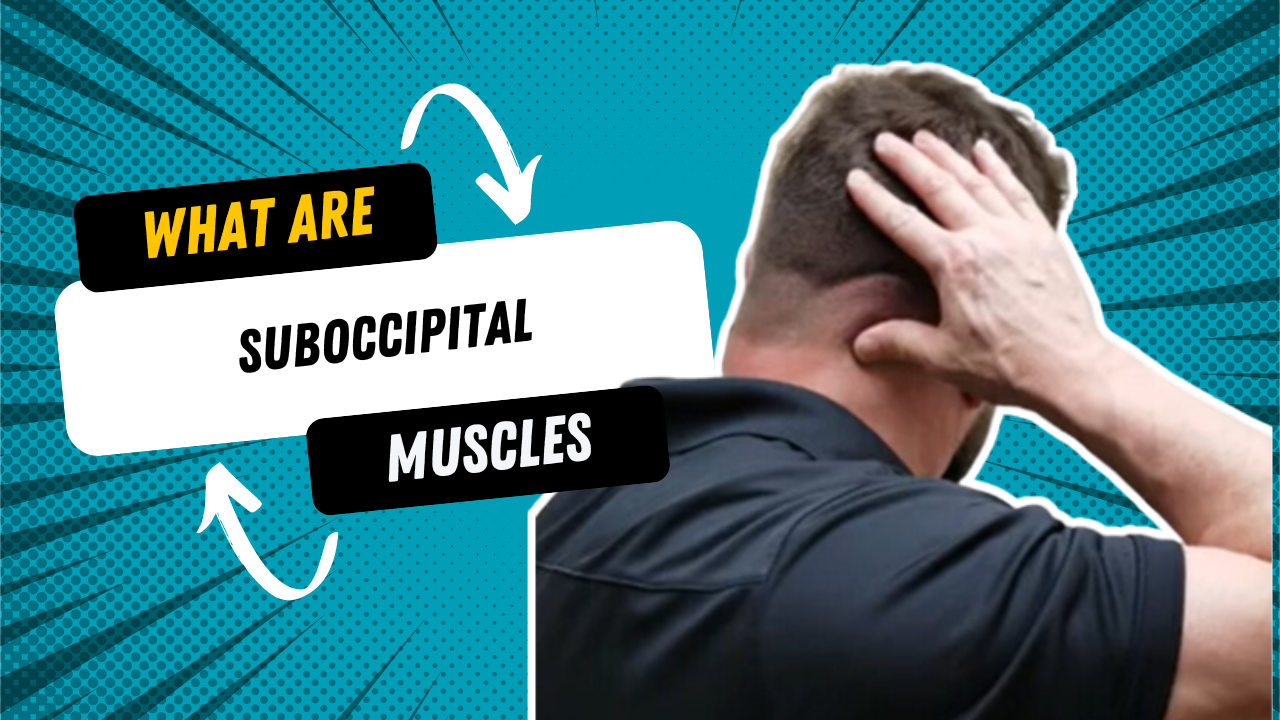
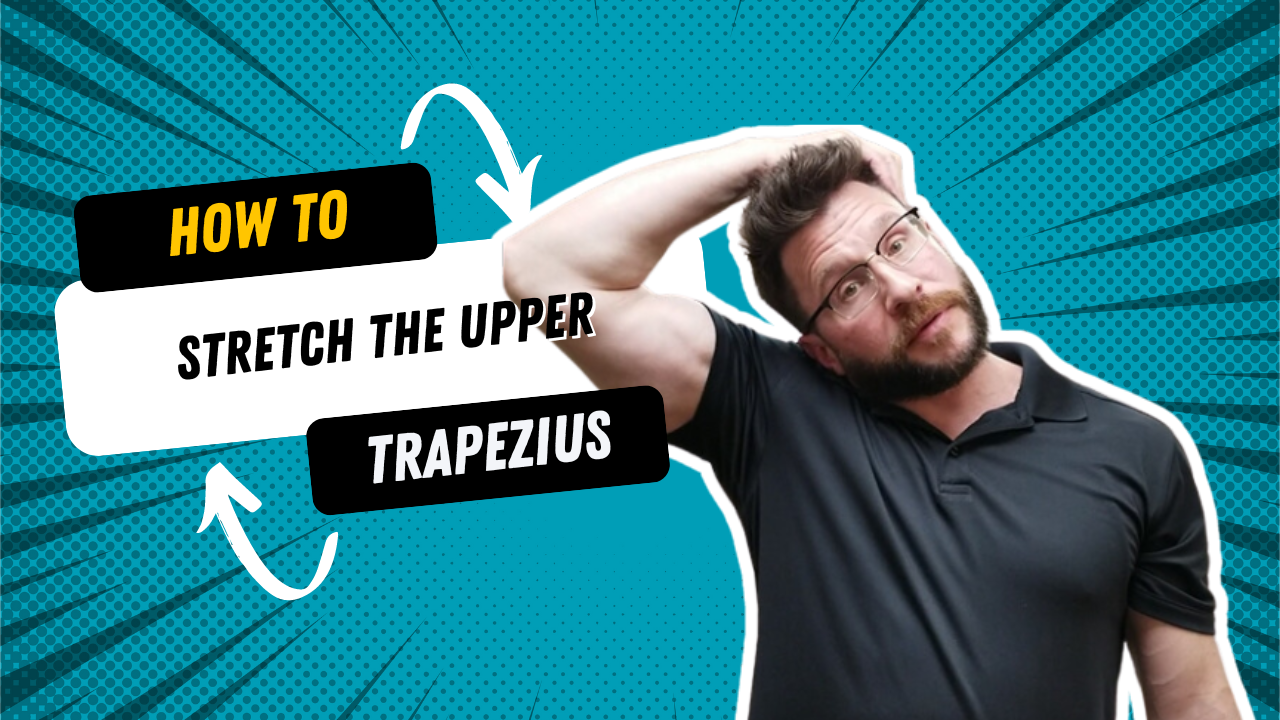
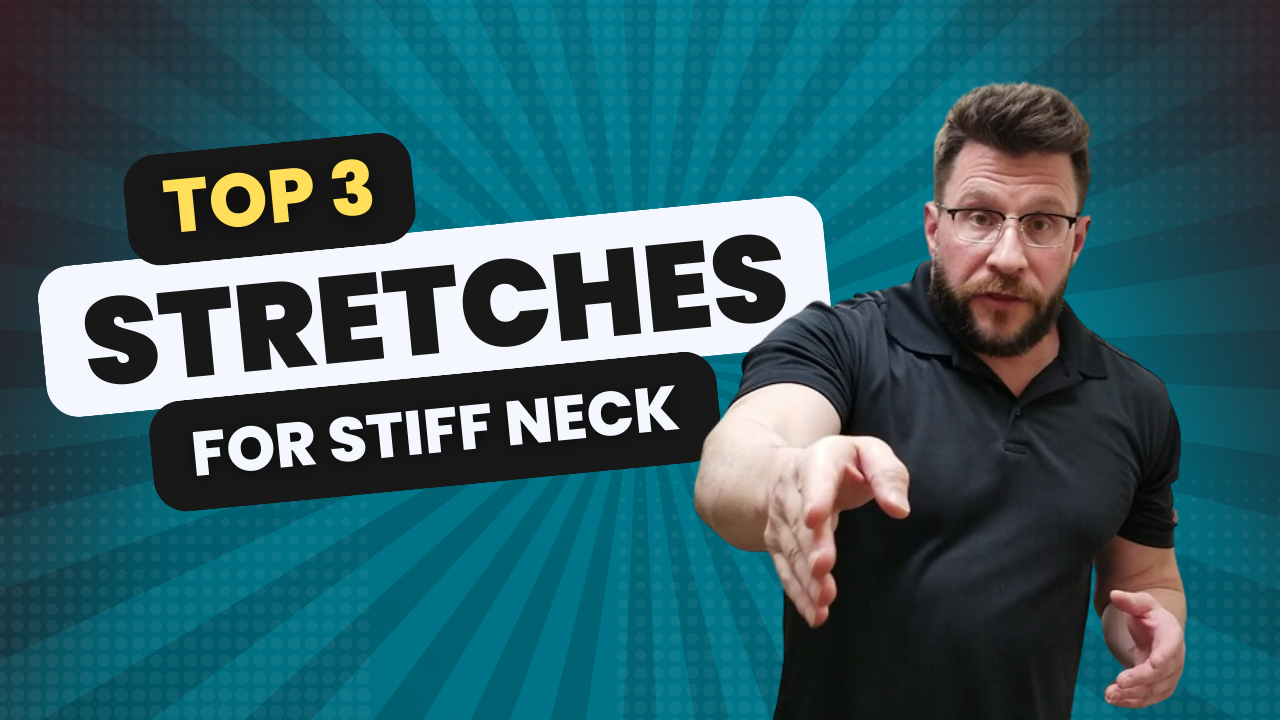
Visit Us
Franklin County, PA
Washington County, MD
Berkeley County, WV
Frederick County, MD
Greencastle, PA
Hagerstown, MD
Williamsport, MD
Smithsburg, MD
Boonsboro, MD
Clear Spring. MD
Sharpsburg, MD
State Line, PA
Hancock, MD
Big Pool, MD
Middletown, MD
Myersville, MD
Falling Waters, WV
Hedgesville, WV
Martinsburg, WV
Fairplay, MD
and surrounding areas
Business Hours
- Mon, Wed
- - -
- Tue, Thu
- -
- Fri - Sat
- -
- Sunday
- Closed
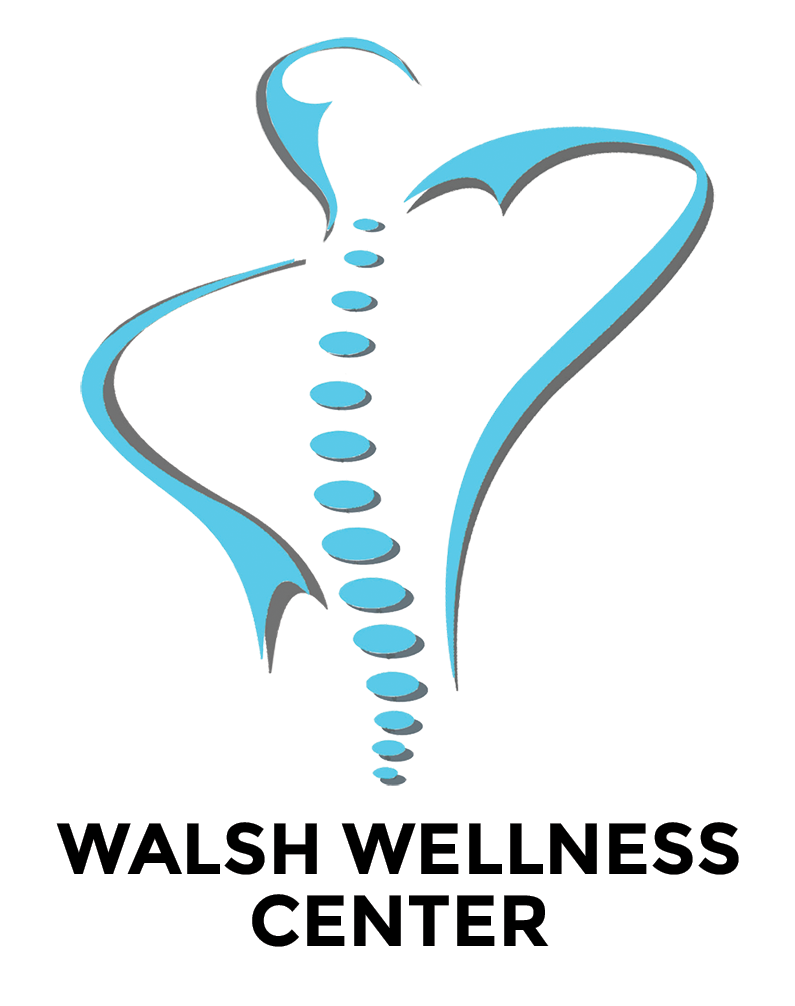
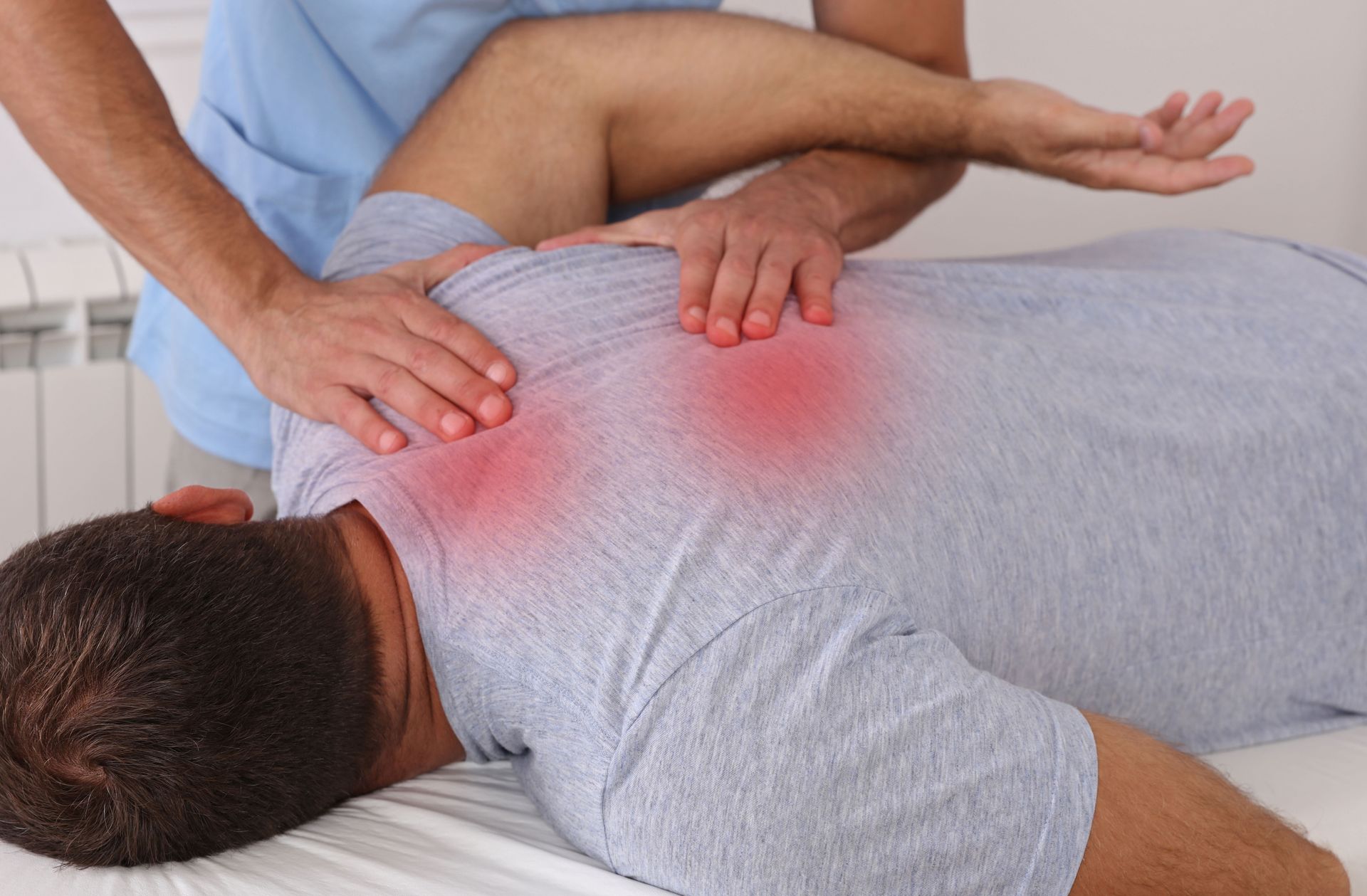
Share On: